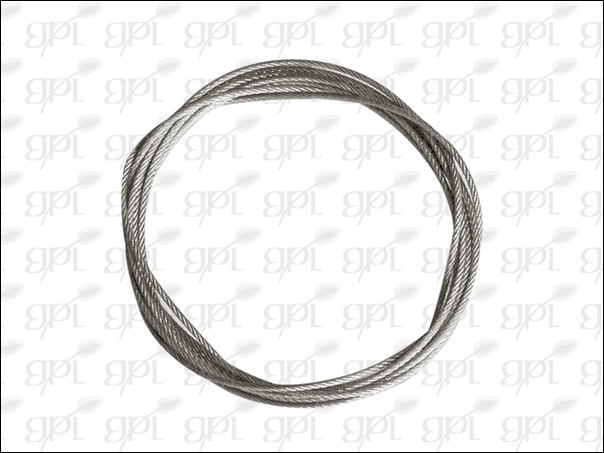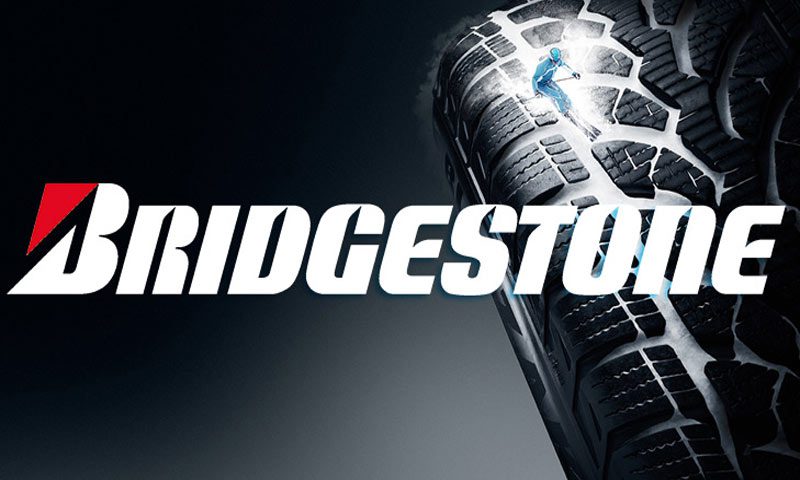Humans would not exist as we do today without a wire rope. Many structures would never have been constructed, and many items we wanted to be moved would never have been relocated. Skyscrapers as we know them now, medieval cathedrals, and the Great Pyramids of Giza would never have been constructed. Every significant construction endeavour imaginable, both in the past and the present, uses a wire rope.
In its most basic form, a wire rope is nothing more than twisted strands that can be used to readily carry large objects. Simple wire strands are connected to form the wire rope. Wire rope is utilized in a variety of industries, including oil and gas, construction, building, mechanical, and industrial usage around the country, according to Golden Peakock, an Indian-based company. Any business that frequently moves and lifts big loads, such as piano firms, can also use wire ropes. We’ll look at the characteristics of wire rope that make it so robust below.
Utilizations for Wire Rope


Numerous industries perform work with wire ropes. The employment of a wire rope in combination with a crane, a hoist, a swivel, a shackle, or a hook enables the methodical, controlled movement of increasingly greater objects. In suspension bridges and other bridge types that rely on a suspension system or roping for support, wire rope is also a significant component. Since elevators move up and down, wire ropes are also commonly employed in them.
What makes Wire Ropes so Special?
The only distinction between wire rope gripper and other rope is the type of material utilized. Steel wires are wrapped around a center core and put out in a certain pattern (most often helical) to create wire rope, which has special qualities all of its own. There are some advantages and features of wire ropes:
- Incredible power
- Resists loads’ stress
- Flexible
- Withstands fatigue
- Resists loss of metal
- Withstands distortion
- Resists crushing and rotation
- Withstands abrasion
- Stability
The Golden Peakock points out that wire is the element of wire rope that is most widely available. To create the individual strands of wire in the rope, individual wires are wrapped together. The majority of metals, including steel, iron, stainless steel, bronze, copper, and others, can be used to create wires. However, not all wire is created equal, and consequently, various types of wire have various strengths and attributes. For instance, there are various degrees of corrosion resistance, metal fatigue, deformation resistance, and metal fatigue resistance.
Wire Strands
Wires that have been joined, placed in a particular configuration, and then wound around in a helical pattern are called wire strands. The term “helical” alludes to a helix, which is a line that maintains a constant angle while being wound around an axis, in this case, the center core of a wire rope. The arrangement of the helical strands provides the most strength, flexibility, and bending required while lifting or loading items. Having said that, the utilization of the wire rope can be impacted by the various wire strand thicknesses that you can utilize.
Conclusion
You can get assistance from Golden Peakock with all of your wire rope needs, including rigging hardware, slings, and fall protection. Our goal is to support your operations by offering the greatest cordage, slings, chains, and chain hoists available. We have been offering dependable lifting and rigging solutions to businesses in India and across the nation since 1948 at affordable prices.




















